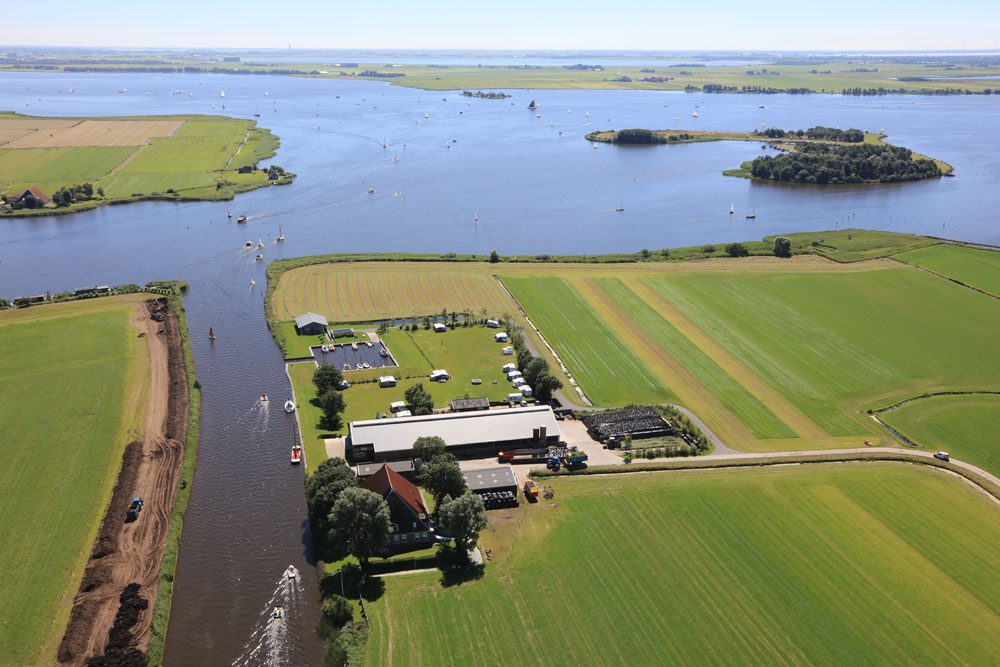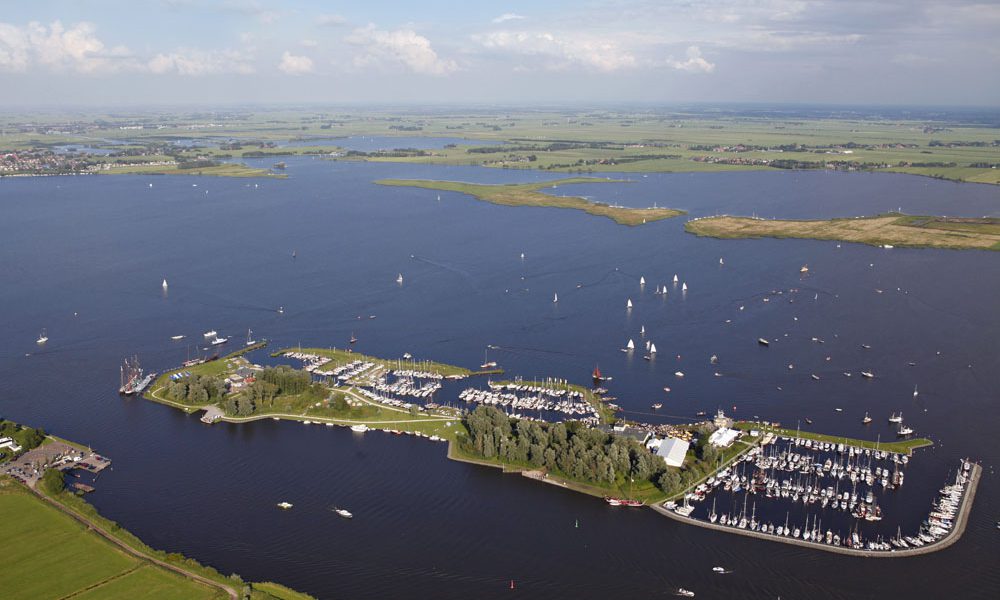The Frisian Lakes
The holiday resort of Europe
The Frisian Lakes in the Dutch province of Friesland (‘Fryslân’ in Frisian) are dozens of interlinked large and small lakes and two former sea arms, the IJsselmeer and the Lauwersmeer. The Frisian lakes are a worldwide unique holiday region with recreational sailing and cycling connections at all levels, hundreds of circular routes as well as 8-shaped ones, clean water and open sandy beaches. Nowhere else in the world does one see kitesurfers, cyclists, sailors, walkers and motorboaters intensely enjoy sunshine, wind and water as they do here.
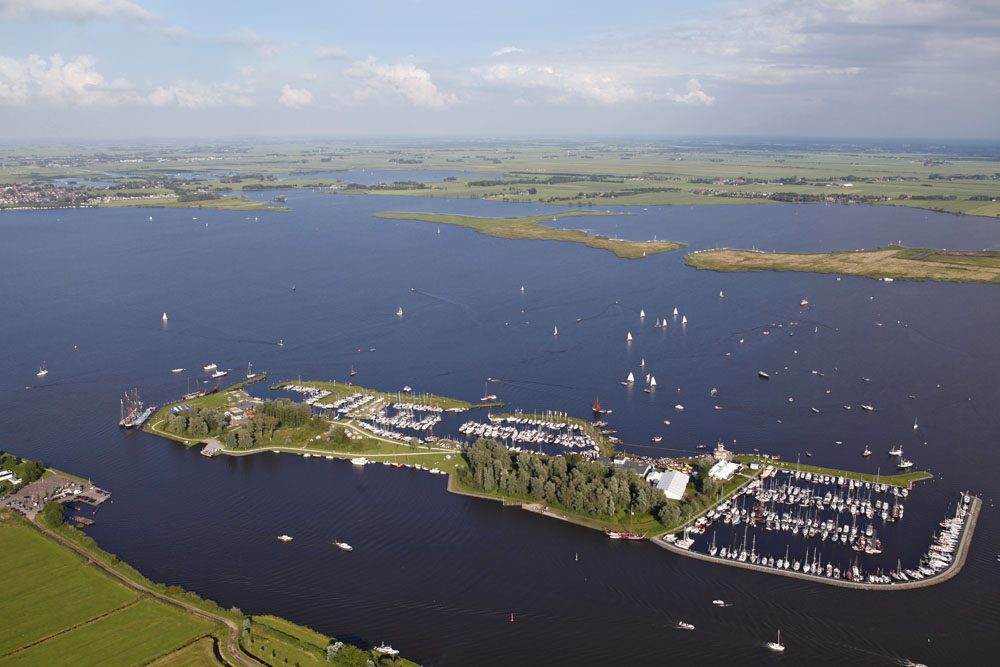
Sneekermeer – Photo: Ronald Abelskamp
The Frisian wetlands are an extremely affordable holiday destination. For instance, nowhere else in Europe can you rent this affordably a luxury dory, motor or sailboat: no need for a sailing licence up to 15 metres’ length and a top speed of 20 km per hour! And furthermore, mooring opportunities galore: in the towns and villages or in nature.
Amazing!
Relaxing at a picnic table at the shore of a Frisian lake, you see boats as small as nutshells as well as impressive clippers pass by. Sometimes even a cruise ship, which you would normally encounter on the river Rhine, sails along. The Frisian lakes are an international touristic highlight. For every boat there is a waterway and a mooring, so that the passengers can admire the treasures of the province of Friesland, such as the medieval ‘Eleven Cities.’
All lakes are interlinked by navigable rivers, channels and canals. Pleasure boaters are always able to sail loops or large circles, such as the 200 km long, centuries-old ‘Eleven Cities’ route as well as the Peat route.
The majority of the lakes are well suited for both small and large yachting. On the Sneekermeer each year the largest sailing regatta on European inland waterways is held: the Sneekweek.
Some of the lakes have designated speed sailing zones, for instance for waterskiers and wakeboarders. Kitesurfers from many countries rate the coast of the windy IJsselmeer, with its many beaches, high up on the list of hotspots.
The Frisian lakes are not deep: on average 2 metres. They offer an eldorado for both watersporters and sport fishermen alike.
Holiday at the water
Local and provincial governments also paid a great deal of attention to cyclists and walkers. For them, beautiful paths have been built along the shores. At various points observation huts and lookout posts with benches have been constructed, such as at the Rode Klif (Red Cliff) at Stavoren. Every lake’s shore is dotted with picturesque villages, small bungalow parks, campings, hotels and restaurants, all in perfect harmony with nature or more built-up areas.
Pleasure boaters who wish to change from boat to bicycle in order to carry on their journey on land can make use of special moorings which serve as transfer points. Many people who rent boats take their rental bicycles on board so that they can experience even more. All attractions in Friesland are at or near waterways.
History of formation
The Frisian lakes were formed in various ways: peatlands were washed away by storms or destroyed by peat fires; they were also drained for agricultural purposes, and diminished due to peat extraction. Also, for safety reasons, a sea arm was separated from the sea by a long dam, called the Afsluitdijk.
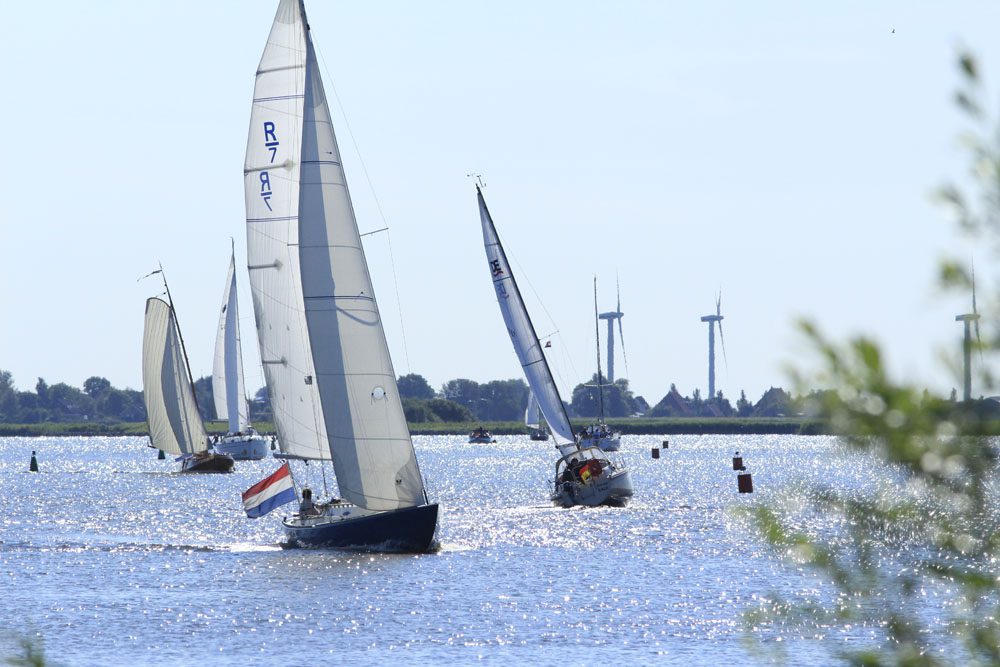
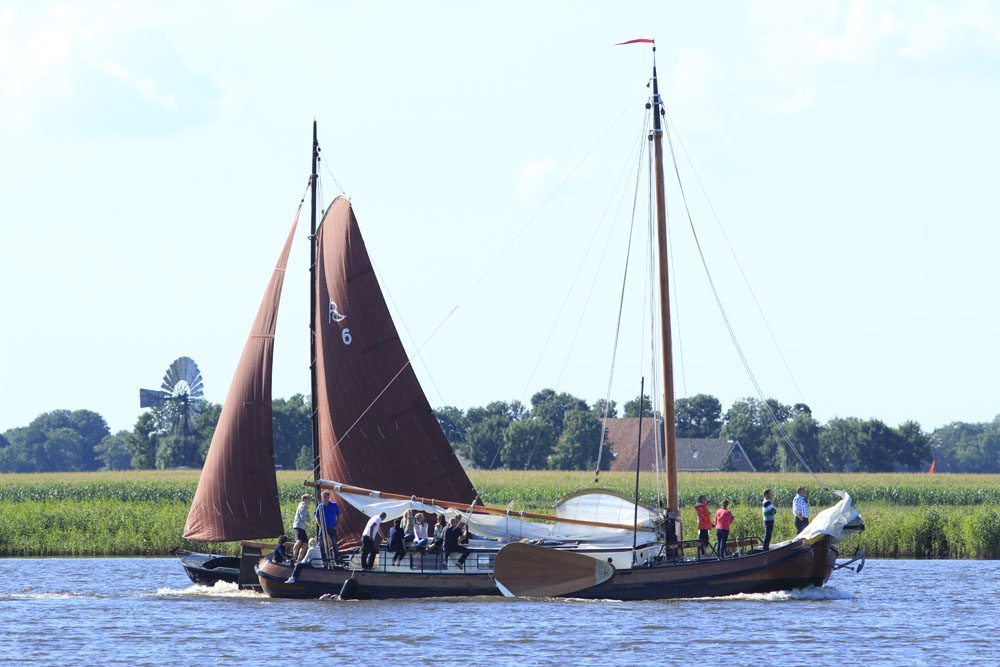
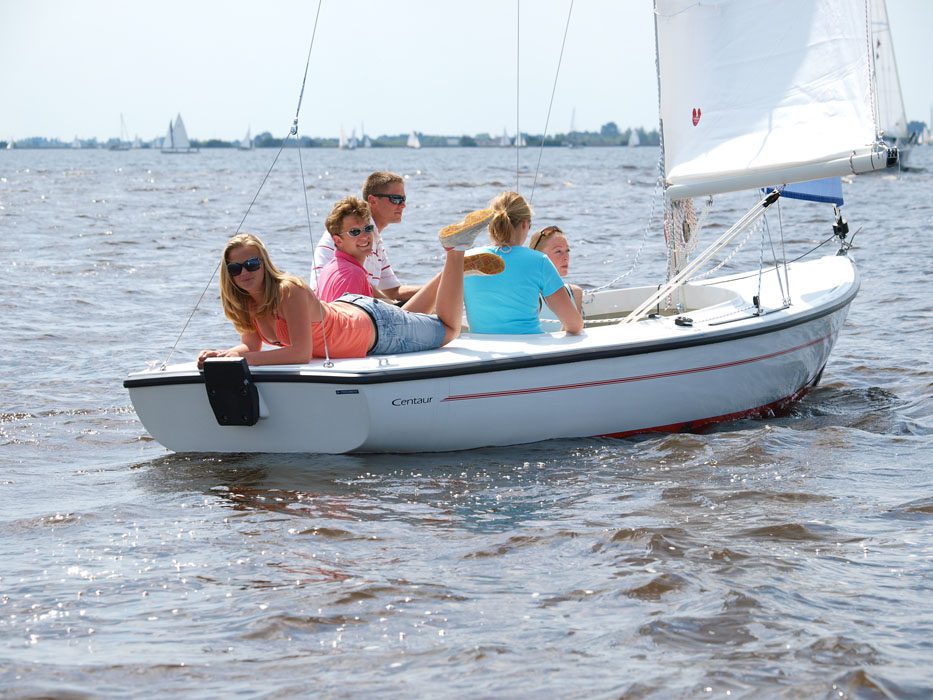
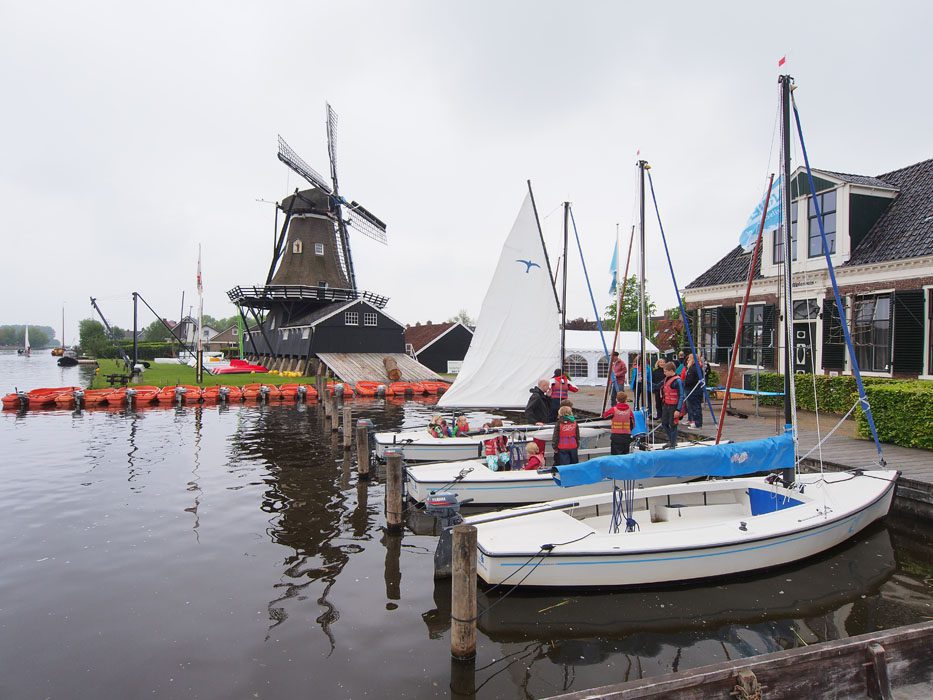
Woudsend
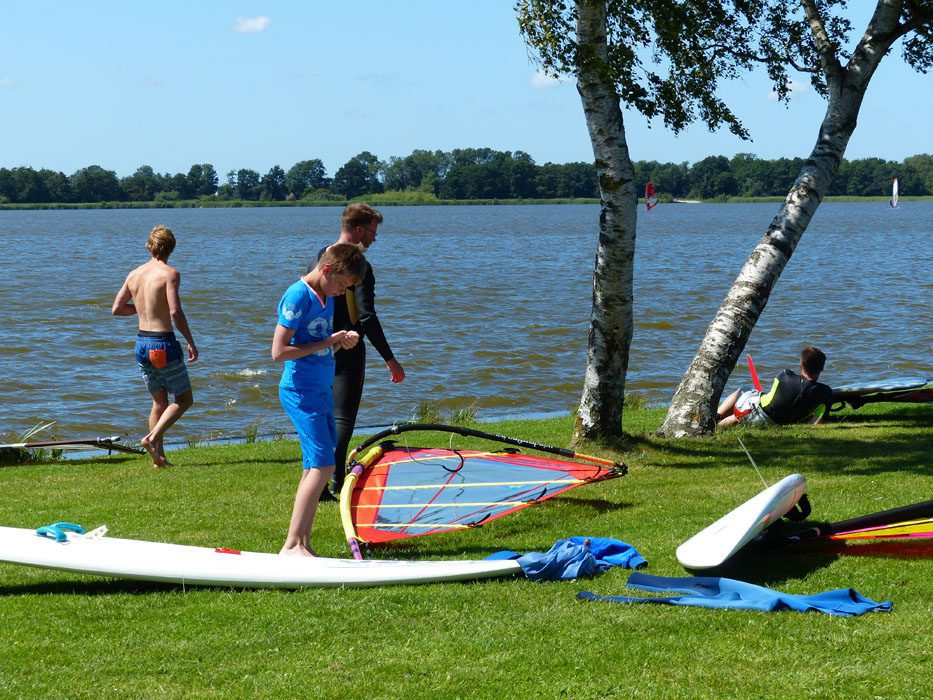
Nannewiid
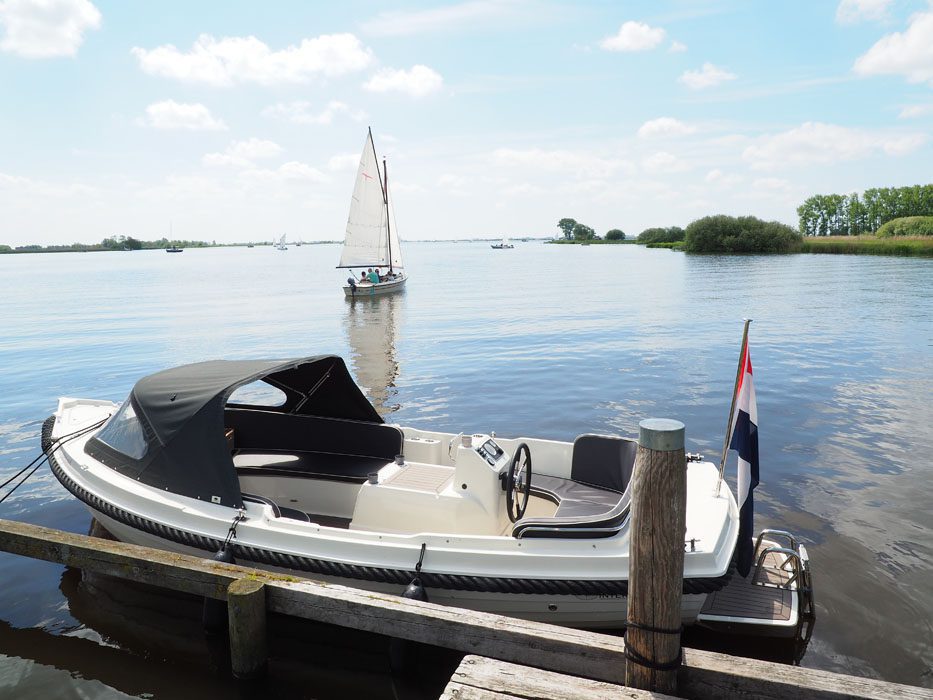
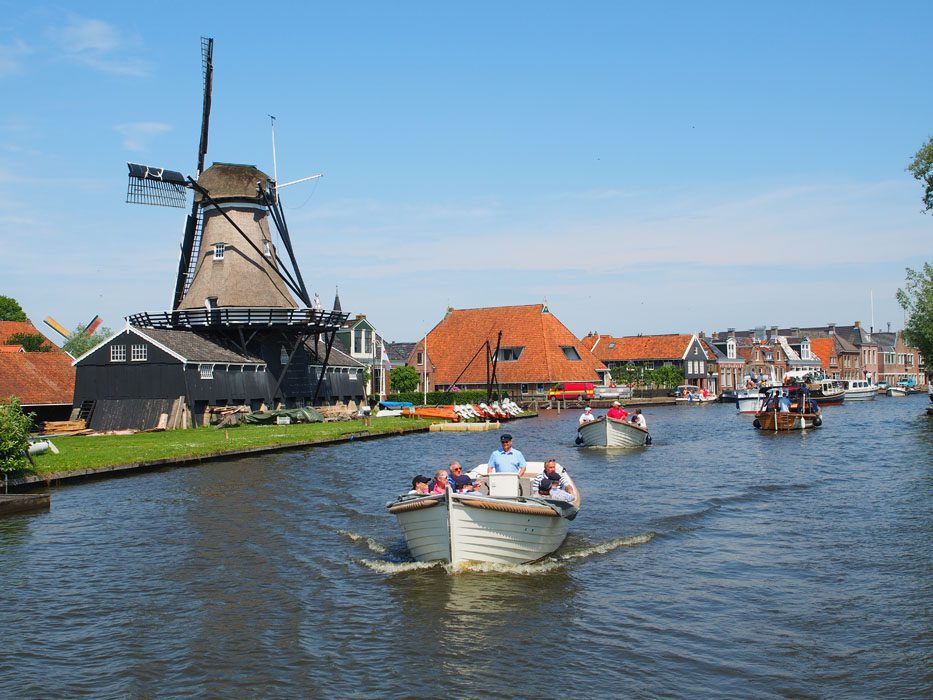
Woudsend
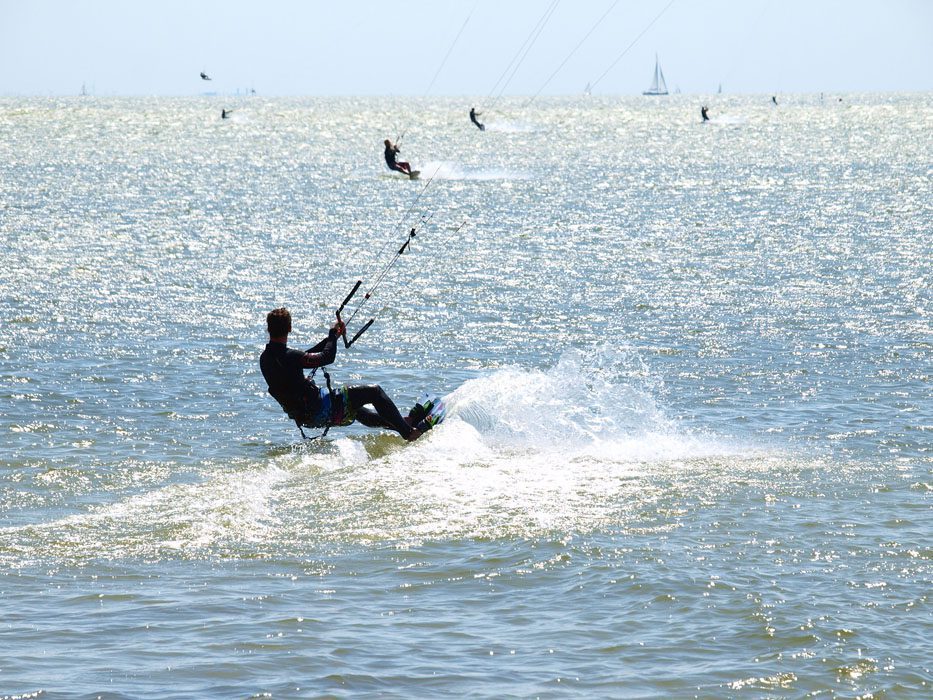
Workum
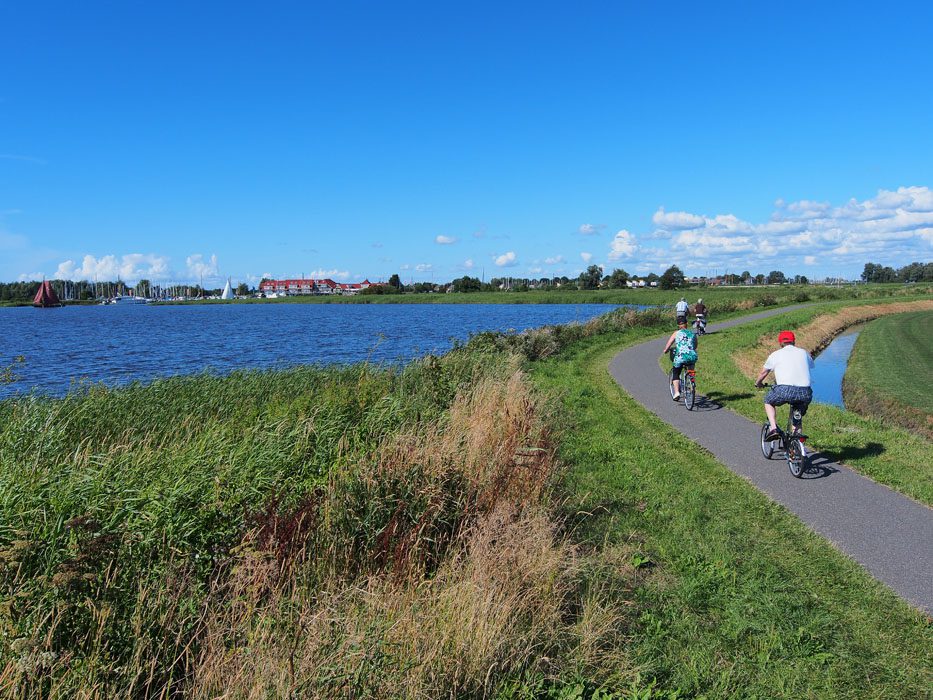
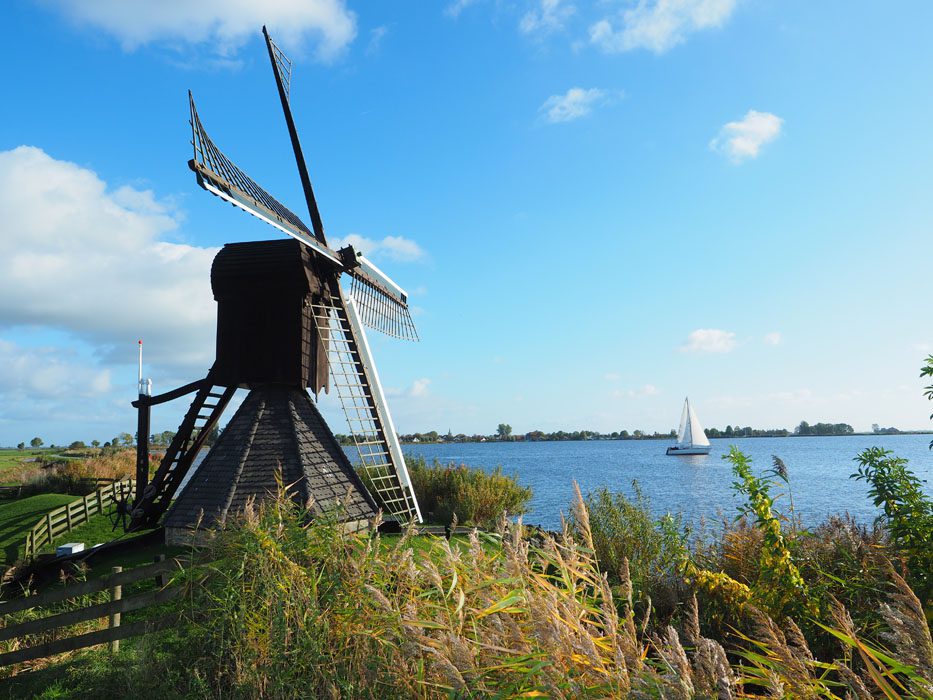
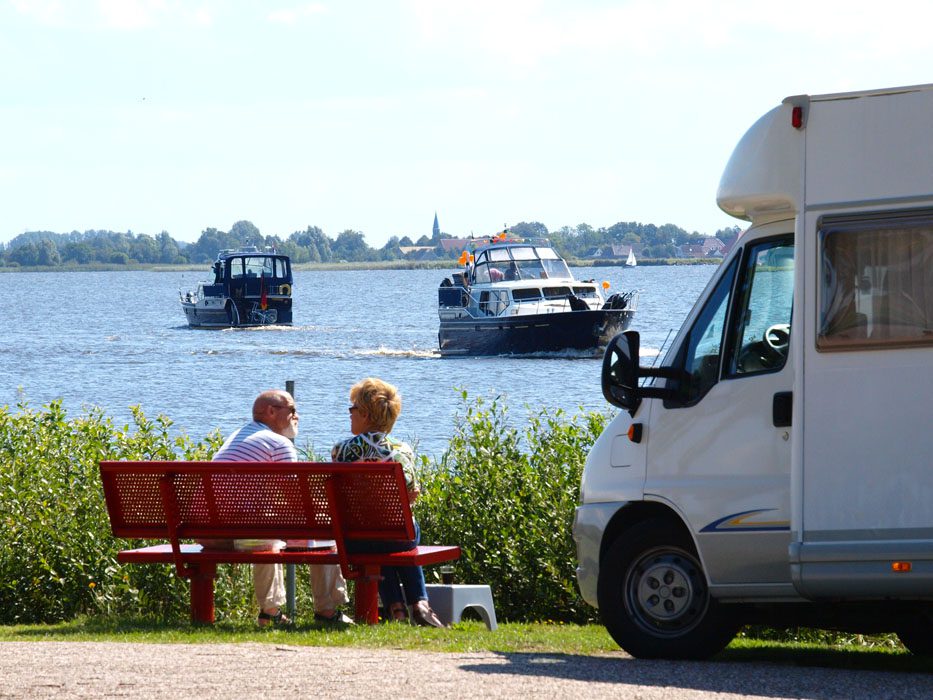
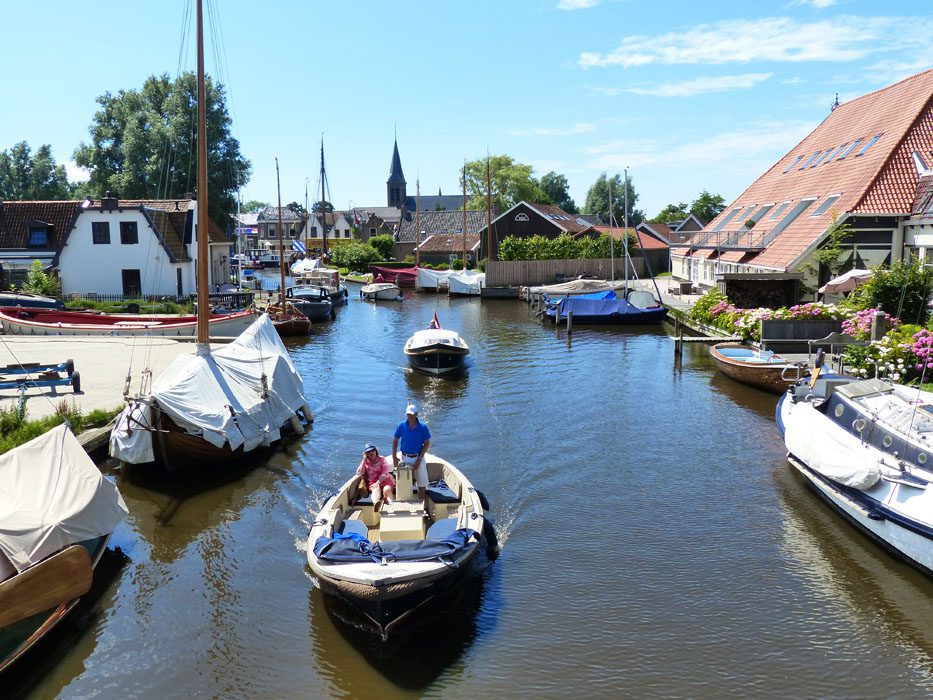
Heeg
